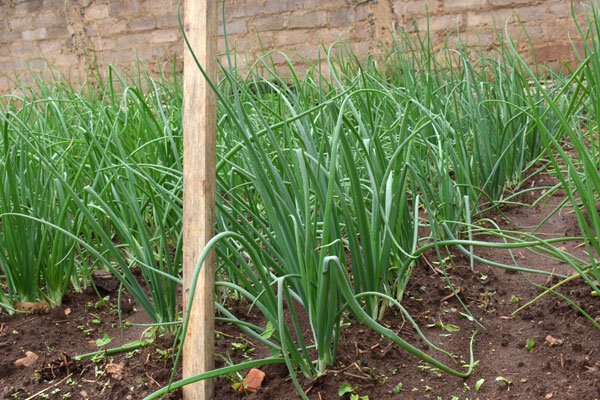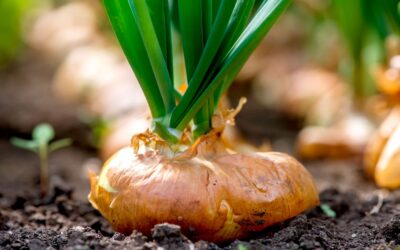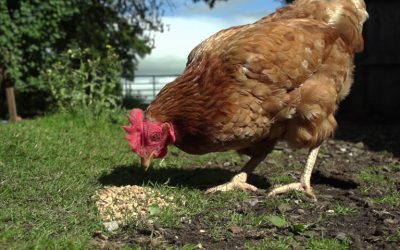Shield your crops from heavy rains

The cold weather being experienced in the country as the rains continue to pound different parts of the country might damage crops, hence the need for farmers to be informed to avoid losses.
Alfred, a farmer, called Seeds of Gold last week inquiring about the cause of blotting in his onion farm.
Blotting
Blotting refers to increased sprouting of seed stalks. This problem is usually attributed to low temperature and poor seeds selection. Various crops have different levels of hardiness and cold tolerance.
Too low temperature causes the plants to freeze inside the plant’s cells, causing it to expand and destroy the plant from the inside. This can cause plants to wilt or make it unable to resist disease attack even after the cold season.
The cold weather damage is more severe in younger plants, which have not grown in strength and structure to support the expansion of cell tissues.
The effects of cold in plants are most noticeable in plants that have not properly hardened off.
Hardening crops
All crops, especially those in the brassica family, should be hardened off while still in the nursery bed to make them adapt to the open-field ecological conditions. Sometimes the unexpected drop in temperature causes the plants to die as they also become susceptible to fungal diseases such as blight in tomatoes or capsicum.
Protecting plants
Protection of plants from cold should start right from seed selection. Choose a seed variety that adapts best to the climatic condition of your locality.
For instance, if planning to plant onions in areas that receive high rainfall, consider planting them when the rains subside and the temperature is high. One would, therefore, require to irrigate the crop after planting them off-season.
The cold temperature also causes delayed plant maturity.
For instance, planting bulb onions in highland areas with low temperature takes long before reaching maturity, unlike when planting them in areas that receive high temperature.
Mulching
Apply mulch around the base of plants to protect the root zone as it provides a layer of protection.
Organic residues that can be used for mulching include hay, sawdust, leaves, shredded newspaper and animal manure, as long as they are free of pests and diseases.
Be sure to keep the mulch a few inches away from the plant to avoid stem rot.
Covering plants with protective material or moving the potted plants to a shelter helps in protecting them from cold.
Plastic mulches increase soil temperature and hasten early plant development.

